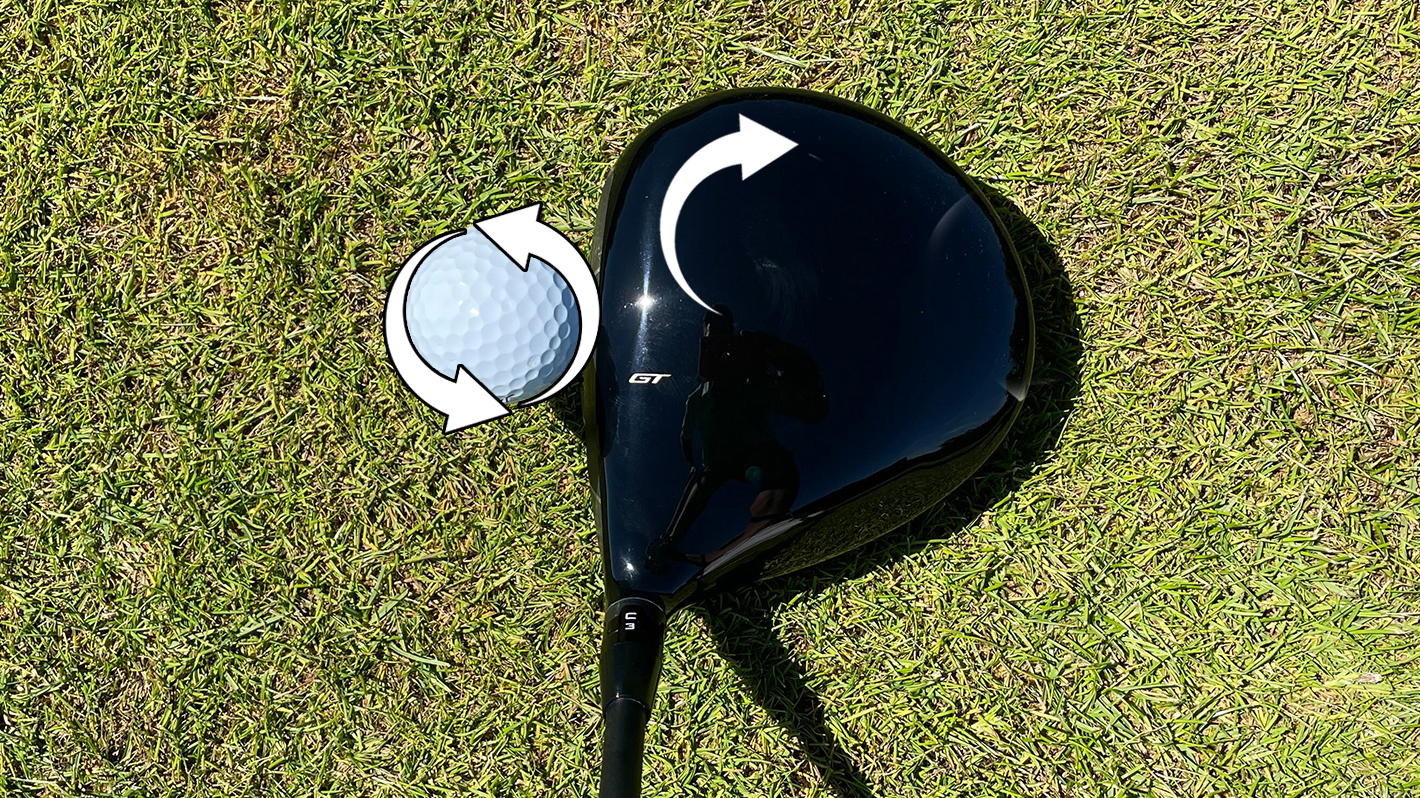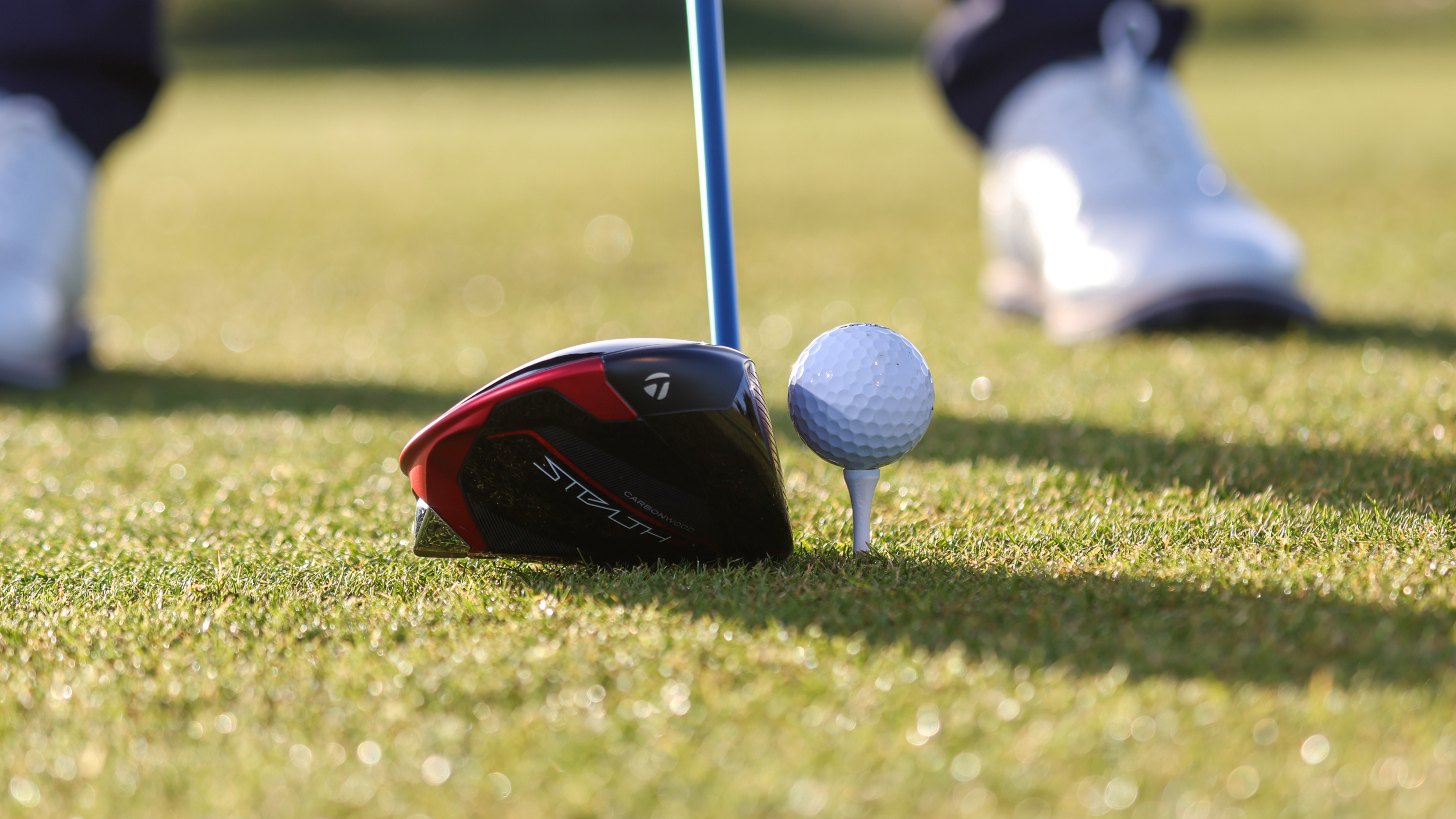
We come across a lot of buzzwords and jargon in golf which can make a relatively simple game feel very confusing, especially when it comes to equipment. Thankfully, Golf Monthly's gear guru Joe Ferguson explains a lot of these technical terms to fellow staff writer Dan Parker on the golf equipment podcast, Kick Point.
Since launching the podcast, Joe has been telling explaining various equipment-related terms such as hot melt, hard stepping and soft stepping, shaft tipping, and importantly, what a kick point actually is. They sound complicated, but hopefully Joe explains them in a way that makes them easier to understand.
Next on the list is gear effect, a term you've almost certainly heard mentioned at some point. Bryson DeChambeau referenced it recently in relation to his new irons he ended up winning the US Open with, but what is it and how does it affect your golf shots?
WHAT IS GEAR EFFECT IN GOLF?
To put it simply, gear effect is a technical term for how the launch, flight, and spin axis of a golf ball are altered by the contact with the face of the club - specifically when it is not hit out of the middle of the face.
At the point of impact, if the ball is aligned directly in line with the clubhead’s CG, then no twisting of the clubhead will take place, However, if you strike the ball away from the CG near the toe, the club will be deflected open, whereas if you impact toward the heel the clubhead will likely twist closed to some degree.
So what exactly happens during a non-centred impact? Well off a toe strike, the ball will start a little to the right (for a right-handed golfer) due to the twisting open, but during the moment of impact, the ball will run a little toward the CG altering the spin axis to a more 'hook' or 'draw' bias. The opposite occurs from the heel strike. Without some interference from club designers, this alteration would be fairly catastrophic.

HOW IS GEAR EFFECT ADDRESSED IN GOLF?
Think of it this way: If you strike a ball out of the middle of the clubface and the club face alignment and swing path are matched, the ball should fly almost perfectly straight.
Hitting a dead straight ball is very difficult and amateur golfers often miss the sweet spot, so manufacturers add curvature to the face of clubs to counteract the negative effects of gear effect from balls hitting off different parts of the clubface.
This curvature or 'bulge' as it is commonly referred to, mitigates excessive alterations to the spin axis, making toe and heel strikes less destructive. Essentially the toe of the club (again for a right-handed player) points further to the right than the centre of the face, and the heel points further left, so when either of those areas are impacted the ball will roll less back towards the center and excessive curvature is reduced. Not only is the curvature slightly reduced, but the start line will be influenced by the orientation of the curved face to oppose the spin axis, thus tightening dispersion.
Think of two connected cogs - when you turn the right-hand one clockwise, it causes the left-hand cog to turn anti-clockwise. Gear effect is a similar concept between the club and ball and the curvature of the face.
Is Gear Effect just a horizontal issue?
Simply put, no. Gear effect also occurs vertically in the form of strikes high and low on the face, or above and below the club's CG.
It is addressed in the same way by manufacturers by adding vertical curvature in the same way horizontal curvature is utilized on the best golf drivers, best fairway woods and best golf hybrids. As opposed to 'bulge', the vertical curvature is referred to as 'roll'. Shots high on the face tend to launch higher with less spin, and vice versa for shots struck below the club's CG.







